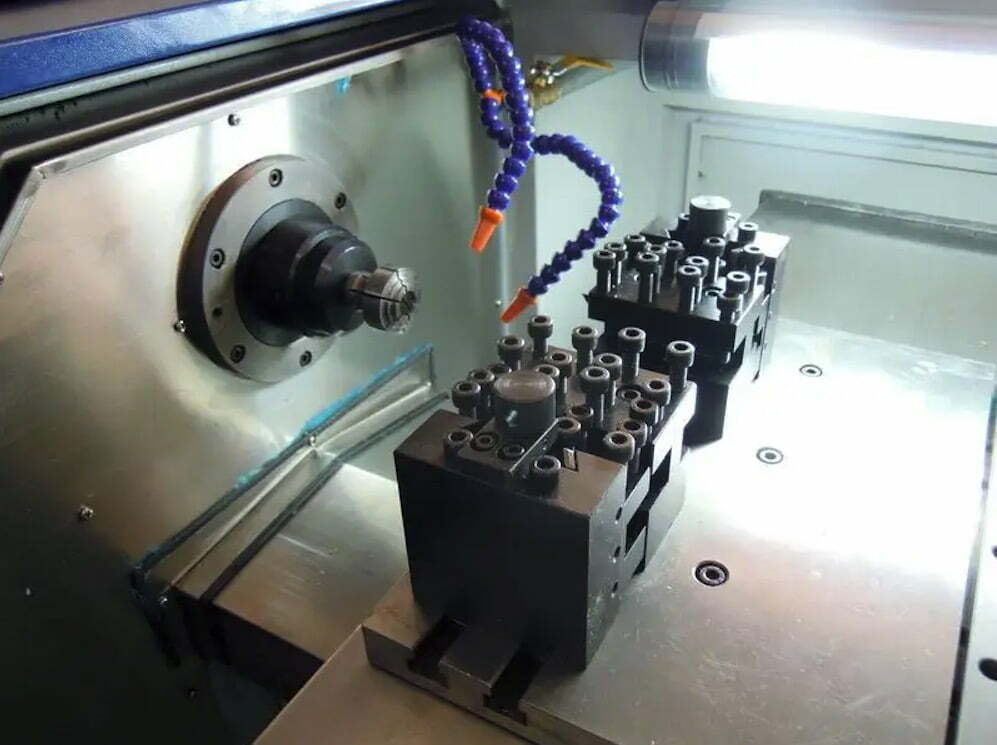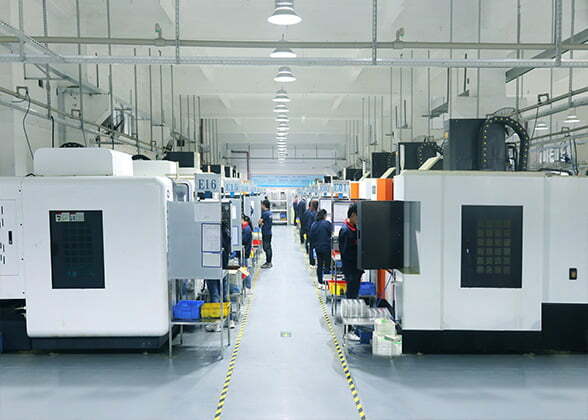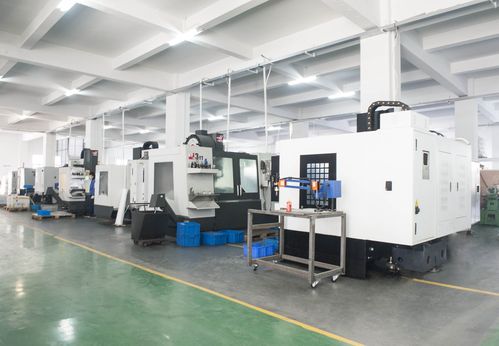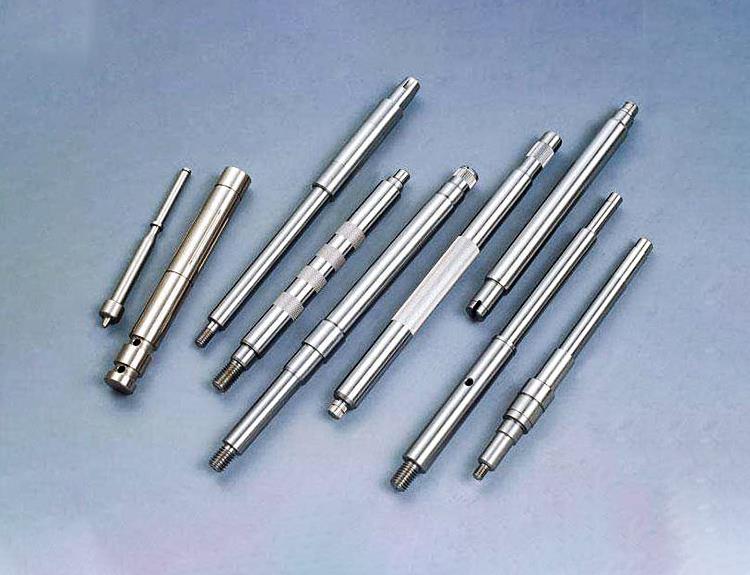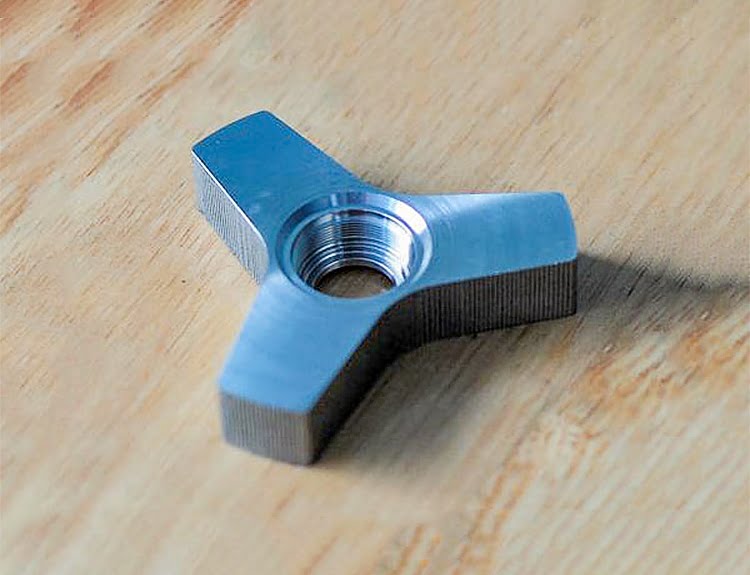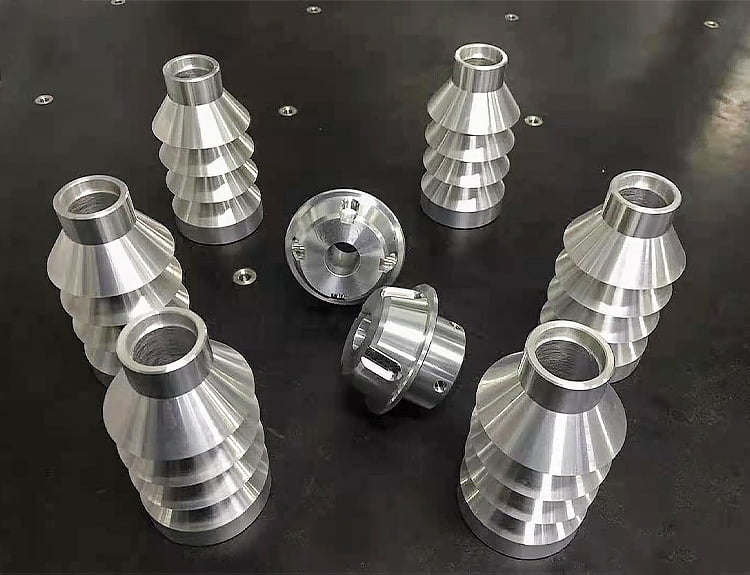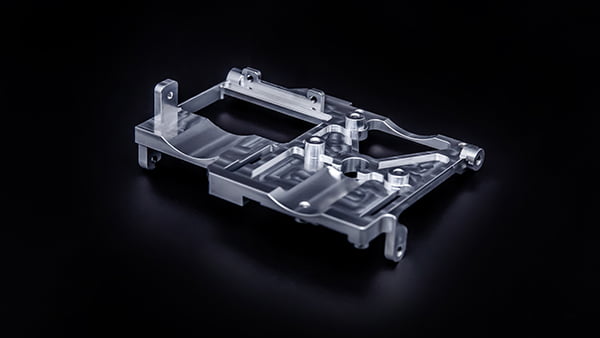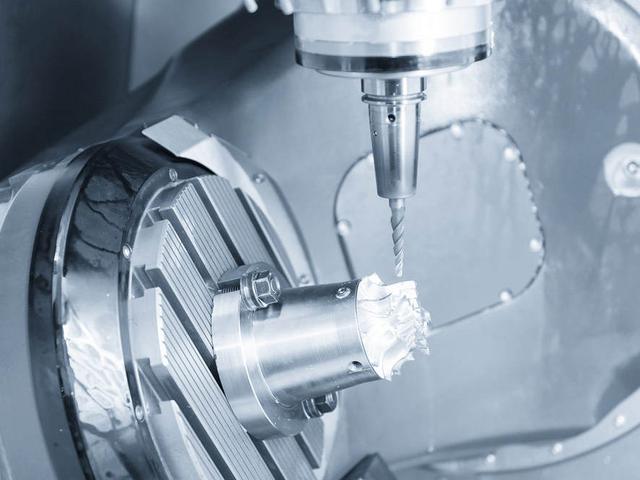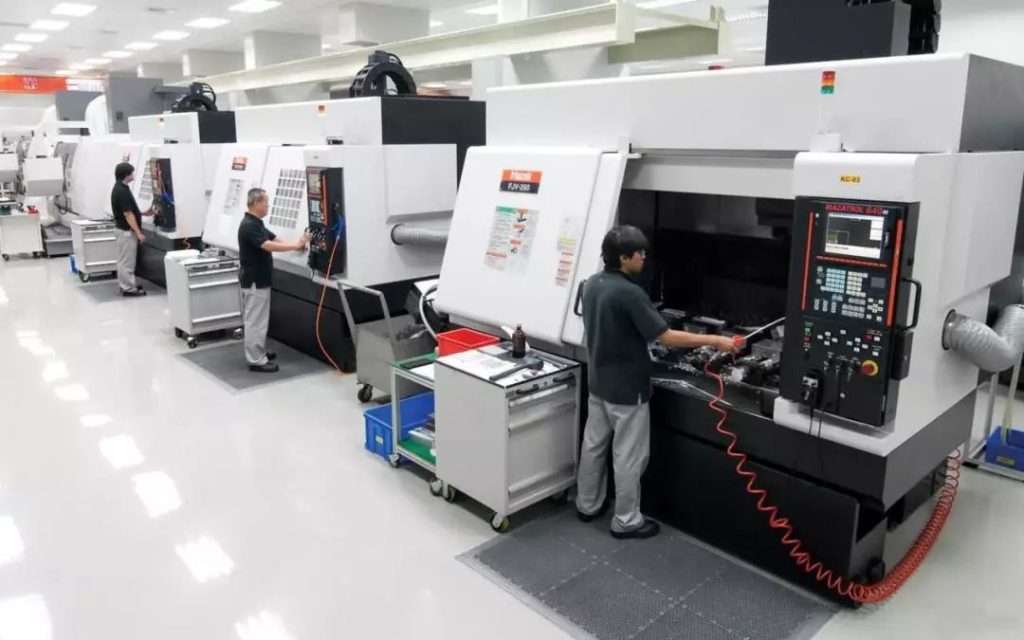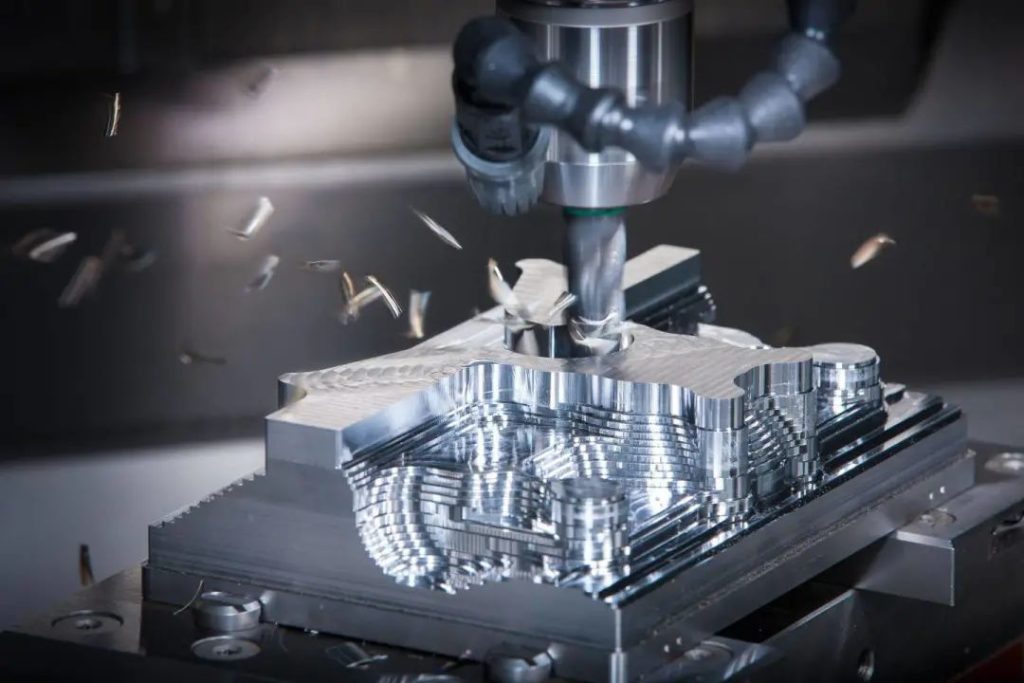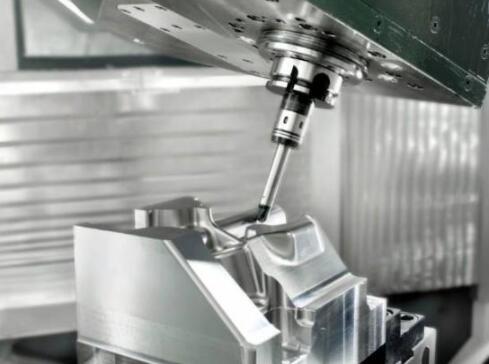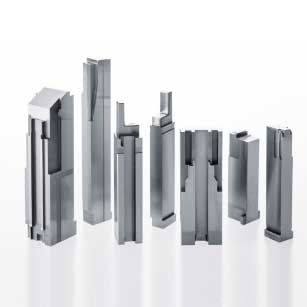At this stage, the use of CNC lathe processing is becoming more and more widespread, and thus the requirements of CNC lathe processing parts are increasingly high, generally there are multiple work steps, requiring the use of multiple tools, whether the processing sequence is arranged reasonably directly affects the processing accuracy, processing efficiency, the number of tools and economic efficiency. So what are the steps of CNC lathe machining parts?
1. In the arrangement of the processing sequence should also follow the general process principles of "base surface first", "first surface after the hole", "first main and then secondary" and "first coarse and then fine".
2. The selection of positioning datum directly affects the arrangement of the processing sequence. The face as the positioning datum should be processed first so as to provide a reliable positioning datum for processing other faces. Because the surface processed after the positioning reference is selected in this process may be the positioning reference of the next process, so after the positioning reference of each processing process is determined, the general order of the whole process can be pushed forward step by step from the final finishing process.
3. determine the CNC lathe processing order, but also to clarify whether the parts to be processed before the pre-processing. Pre-processing is often completed by ordinary machine tools. If the blank accuracy is high, positioning is also more reliable, or processing allowance is sufficient and uniform, it is not necessary to pre-processing, and directly on the CNC machine tool processing. At this time, according to the accuracy of the rough benchmark of the blank to consider the division of CNC machine tool processes, can be a process or divided into several processes to complete.
4. CNC lathe processing parts, the most difficult to ensure that the size between the processing surface and the non-machining surface, which is the same as CNC milling. Therefore, even if the drawing requires a non-machining surface, it must be made in the blank when the non-machining surface to increase the appropriate margin, so that when the machine tool processing, to ensure that the dimensions between the non-machining surface and the machining surface in line with the requirements of the drawing. Similarly, if the machine tool processing before the pre-machining surface and the machine tool is processed between the dimensions required, it should also be in the pre-machining to leave a certain amount of machining allowance, preferably in the machine tool in a clamping to complete all the processing, including the pre-machining surface.

